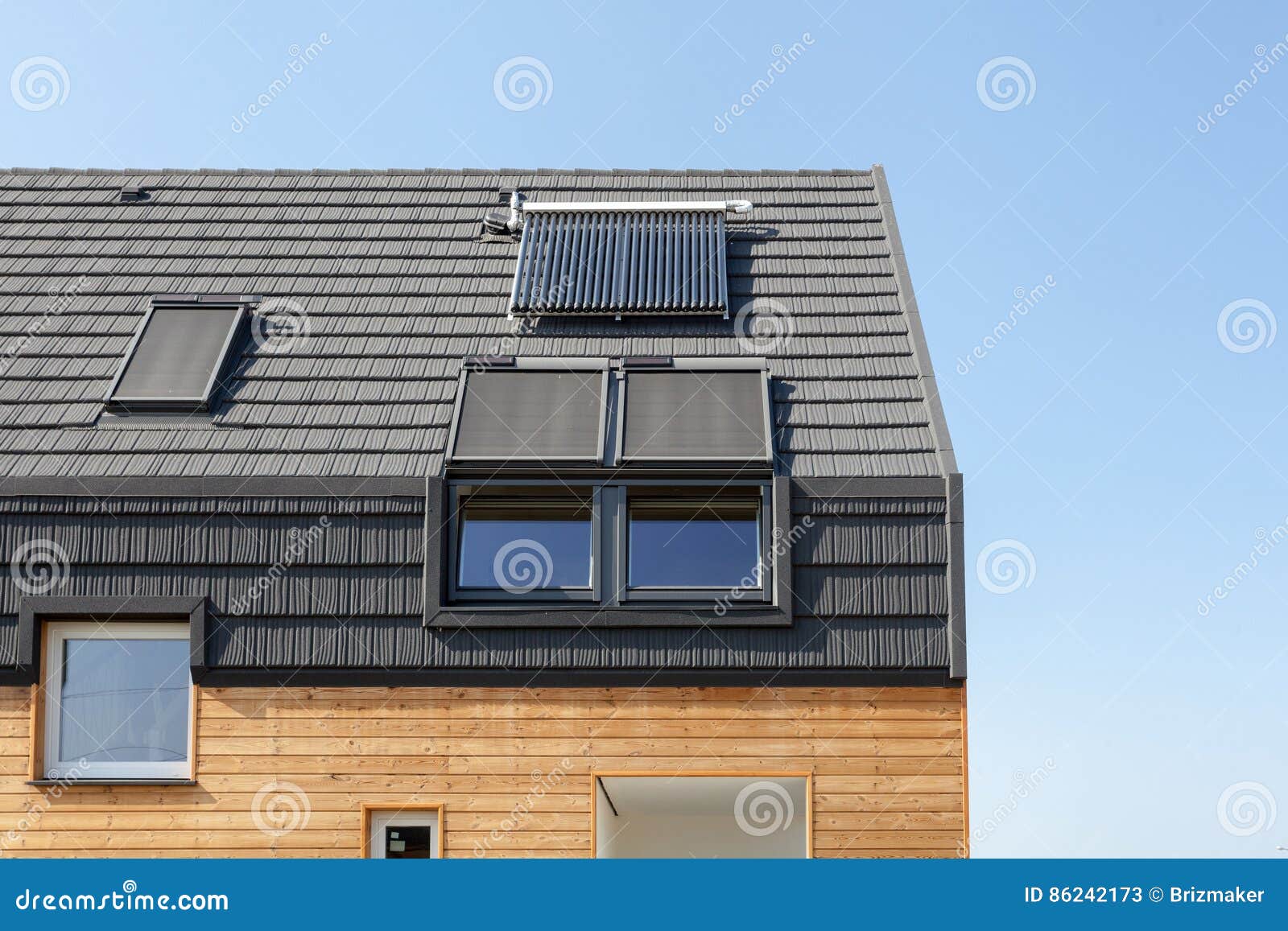Energy-Efficient Roofing Designs: Innovate for Sustainability


Innovating for Sustainability: Energy-Efficient Roofing Designs
As our world becomes increasingly focused on sustainable practices, every aspect of construction and design is under scrutiny. Roofing, an integral part of any structure, is no exception. In this era of environmental consciousness, energy-efficient roofing designs are gaining prominence for their contribution to sustainability and cost savings.
Understanding the Impact of Roofing on Energy Consumption
Roofs play a crucial role in regulating a building’s temperature and energy consumption. Traditional roofing materials may absorb and retain heat, leading to increased cooling costs during hot seasons. Energy-efficient roofing designs, however, aim to mitigate these challenges by incorporating innovative materials and technologies.
Cool Roofing Solutions: Reflecting the Heat
Cool roofing is a key concept in energy-efficient designs. These roofs are designed to reflect more sunlight and absorb less heat than traditional roofs. Reflective materials, coatings, and colors contribute to the reduction of the urban heat island effect, lowering the overall temperature in urban areas.
Solar-Ready Roofing: Harnessing Renewable Energy
Another aspect of energy-efficient roofing is its compatibility with solar technologies. Solar-ready roofing designs are increasingly popular, allowing for the easy installation of solar panels. This synergy between roofing and renewable energy sources contributes to a building’s overall energy efficiency and promotes sustainable practices.
Green Roofing: Bringing Nature to the Top
Green roofing involves the integration of vegetation on the roof surface. This innovative approach not only enhances the aesthetics of a building but also provides natural insulation. Green roofs absorb and reflect solar radiation, reducing the heat absorbed by the building and consequently lowering energy consumption.
Insulating for Efficiency: The Role of Proper Insulation
Proper insulation is a cornerstone of energy-efficient roofing. By preventing the transfer of heat between the interior and exterior, insulation helps maintain a consistent temperature inside the building. This reduces the reliance on heating or cooling systems, leading to substantial energy savings over time.
Ventilation Strategies: Enhancing Airflow for Efficiency
Energy-efficient roofing designs often incorporate improved ventilation systems. Adequate airflow helps regulate temperatures in the attic or roof space, preventing the buildup of heat. Proper ventilation not only enhances energy efficiency but also extends the lifespan of roofing materials by preventing moisture-related issues.
Smart Roofing Technologies: Integrating Intelligence
Advancements in technology have given rise to smart roofing solutions. These technologies can include sensors that monitor environmental conditions, adjusting the roof’s properties in response. For instance, smart roofing may automatically change reflectivity based on weather conditions, optimizing energy efficiency.
The Economic Benefits: Long-Term Savings and ROI
While the initial investment in energy-efficient roofing designs may be higher than traditional options, the long-term benefits far outweigh the costs. Reduced energy consumption leads to lower utility bills, and many energy-efficient solutions qualify for government incentives and certifications, providing a return on investment over time.
Environmental Impact: Contributing to a Greener Future
Choosing energy-efficient roofing is not just about personal savings; it is a commitment to environmental responsibility. By reducing energy consumption, these designs contribute to a decrease in greenhouse gas emissions, helping combat climate change and create a more sustainable future.
Energy-Efficient Roofing Designs in Action
To witness the tangible benefits of energy-efficient roofing designs, consider exploring Energy-efficient roofing designs. This comprehensive resource provides insights into the latest innovations, technologies, and best practices for creating roofs that not only protect but actively contribute to a sustainable and energy-efficient future.







